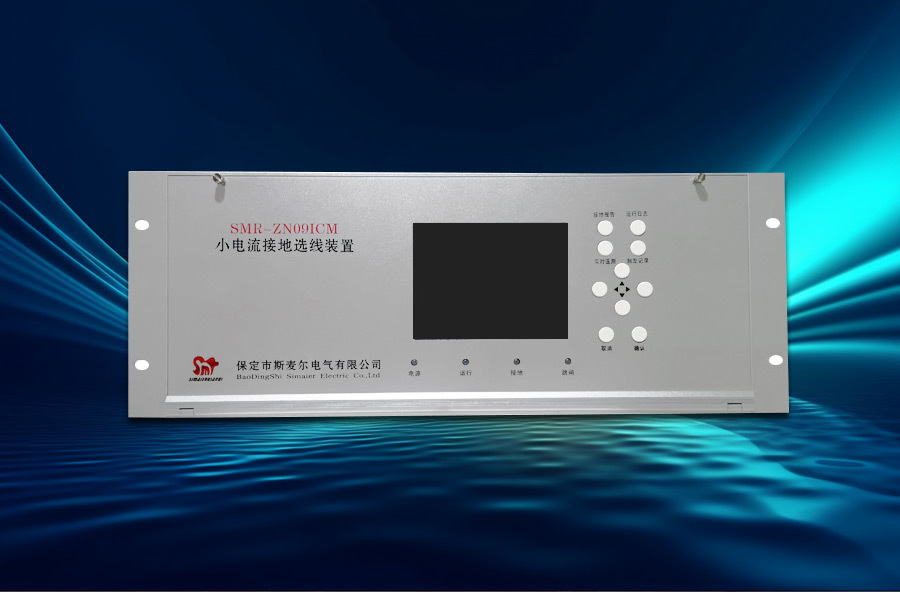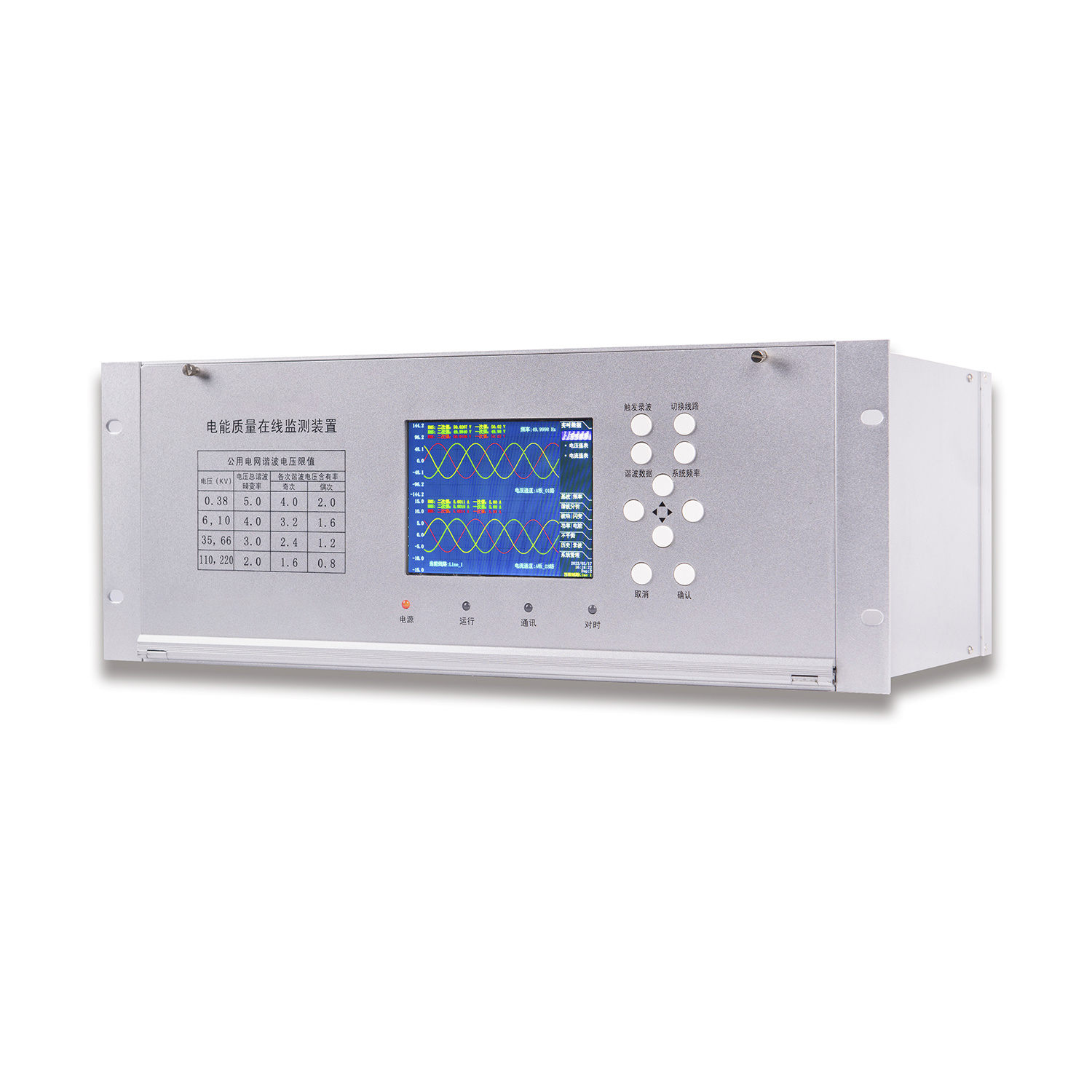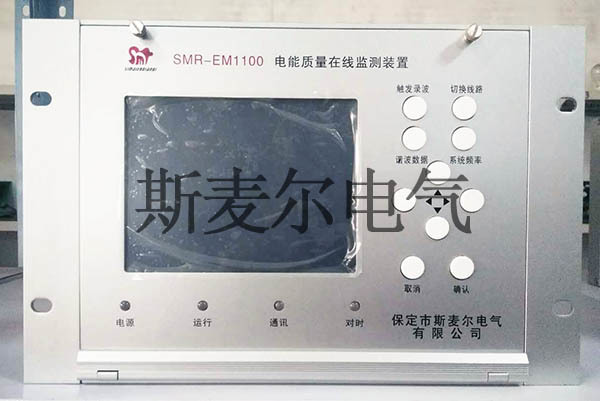Technical Characteristics of Online Monitoring Devices for Power Quality
Release time:
2025-02-27
High-precision monitoring: capable of measuring small voltage and current changes as well as low-order and high-order harmonics, ensuring the accuracy of monitoring data.
High-precision monitoring: Capable of measuring minute changes in voltage, current, as well as low-order and high-order harmonics, ensuring the accuracy of monitoring data.
Strong real-time capability: Continuously monitors power quality, promptly detects instantaneous power quality issues, providing the possibility for quick response.
Multi-parameter monitoring: Can simultaneously monitor multiple power quality indicators, comprehensively reflecting the operational status of the power system, providing a basis for comprehensive assessment of power quality.
Data analysis and storage: Equipped with powerful data analysis capabilities, able to perform statistical analysis on historical data, generate various reports and trend charts, helping power engineers gain in-depth understanding of the changing patterns of power quality, providing data support for the planning, transformation, and optimization of power systems. Additionally, it can store monitoring data for long periods, meeting the needs for data traceability and subsequent research.
Alarm function: When power quality indicators exceed the set thresholds, the device will immediately issue an alarm signal, notifying relevant personnel through sound and light alarms, SMS notifications, or online push notifications, allowing for timely response measures to avoid greater losses caused by power quality issues.
Keyword:
Recent information
The main factors of insufficient selection principle for small current grounding.











